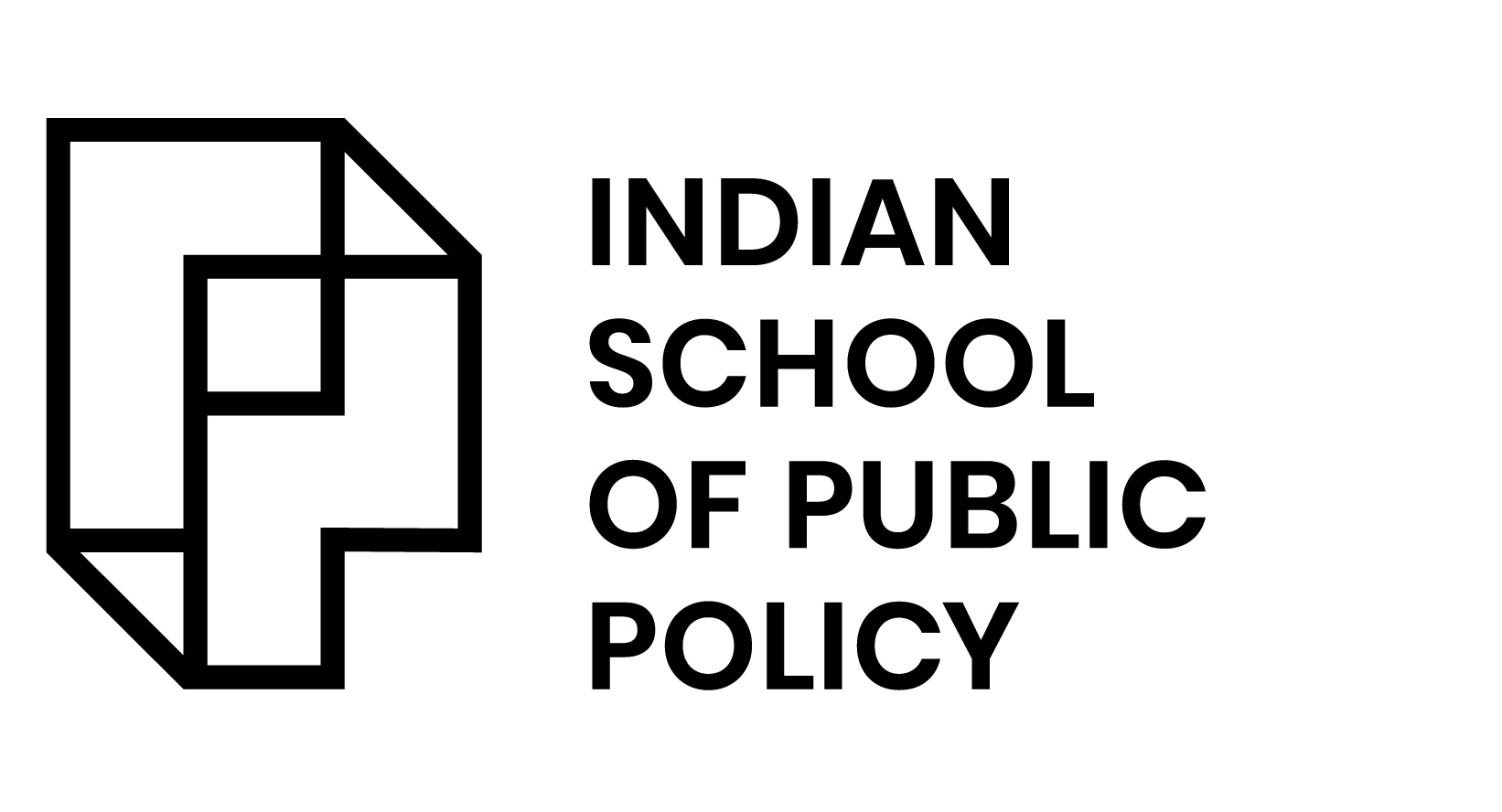
Quality Education and Expanding Learning Opportunities – Challenges in the EdTech Space

India has successfully improved school enrolment in recent decades yet failed to deliver actual learning. The ASER Survey by NGO Pratham (2020) spotlights large learning deficits in students’ foundational learning. For instance, only 50% of Class V students can read texts of Class II level. More than half the students in Class VIII struggle to do simple division. The pandemic has deepened this crisis, especially because of the physical closure of 15.5 lakh schools that has affected more than 248 million students for over a year. These learning gaps are becoming critical with the emergence of the Fourth Industrial Revolution, which is emphasising digital technology, artificial intelligence and other allied technologies. Thus, it is integral to redefine education and structure it to suit the evolving technological transformation.
In response to this situation, the National Education Policy 2020 sounds like a clarion call to integrate technology at every level of education. It envisions the establishment of the National Education Technology Forum (NETF) to spearhead efforts towards the use of education technology. It recommended employing EdTech through app-based learning, online student communities, and lesson delivery beyond ‘chalk and talk’. By envisioning schools as nodal agencies, through which the underserved can access internet-powered devices, the NEP recognizes artificial intelligence (AI), virtual reality (VR), and blockchain as requisites in India’s education ecosystem. Thus, EdTech becomes a crucial link between enrolment and enhanced learning outcomes
CHALLENGES
The Indian EdTech ecosystem has a lot of potential for innovation. With over 4,500 start-ups and a current valuation of around $700 million, the market is geared for exponential growth — estimates project an astounding market size of $30 billion in the next 10 years. Eg. Byju’s, Unacademy. Despite the early implementation of technologies in the education system, India still faces teething problems.
Firstly, there are institutional obstacles. The lack of a dedicated unit to coordinate digital infrastructure, content and capacity building within the Education Ministry to look after the online learning needs of both school and higher education. Institutions need to be strengthened and made responsive to the evolving trends to ensure the dissemination of quality education.
Secondly, gender bias needs to be addressed as the gendered availability and access to technology and tools such as smartphones, laptops and internet connection is very common, especially in rural areas. Girls often face suspicion if they are demanding a phone. Education technology may not reach half of the population. A ‘Gender-Inclusion Fund’ should be set up to build the country’s capacity to provide equitable quality education to all girls and transgender students.
Thirdly, a wide digital divide. In India, the biggest obstacle to education technology integration is the prevalent digital divide and associated challenges of equity. Many view technology and associated opportunities as contradictory to equity and inclusion. Only 32% of the rural population are internet users. A national study carried out at the National Institute of Educational Planning and Administration showed the gaps in inclusive learning mediated by technology. A high level of urban-rural disparity in online classes was found. Not everyone who can afford to go to school can afford to have phones, computers, or even a quality internet connection for attending classes online. NSS data for 2017-18 showed that only 42% of urban and 15% of rural households had internet access. Thus, planning for education technology integration needs a broader lens of student diversity in contemporary campuses where a large share of students are from lower social strata (Scheduled Castes, Scheduled Tribes and Other Backward Classes and from poor households). Many are from government schools, under-developed regions, remote villages and urban margins. Bharat Net Project to connect all the 2,50,000 Gram panchayats in the country and provide 100 Mbps connectivity to all gram panchayats should be implemented. Opportunities provided by education technology can promote egalitarianism if access to technology is democratised and inclusion is institutionalised.
Fourthly, the pace of change & increasing cost makes it tough for marginalised communities to keep up with the rapidly changing technology. Even for private schools upgrading technology presents a major financial challenge, let alone government schools that are usually frequented by such groups. For harnessing full potential, the education curriculum and mode of instruction need to be aligned with technology tools. This requires increased governmental budgeting, planning, design thinking and improving teacher training.
Next, the resistance to change and low professional development hampering success. The lack of adequate professional development for teachers, who are required to integrate new technologies into their classrooms, are unprepared or unable to understand new technologies. Teachers and school leaders are comfortable with the status quo and often see technological experimentation as outside the scope of their job descriptions. School schedules often don’t have time for projects involving the use of technologies. Rigid learning and testing models are failing to challenge students to experiment and engage in informal learning. Integration of technology-based non-traditional classroom models, such as flipped classrooms and self-paced MOOC (massive open online course) are integral (suggested in NEP 2020).
Lastly, a very significant concern comes from the privacy risks associated with EdTechs. Since the pandemic hit, online education has replaced conventional classroom instruction. For learning customisation, apps collect large quantities of data from the learners (minor students). Private data collected can be misused or sold to other companies with no legal oversight or protection. It is necessary to formulate an ethics policy for EdTech companies. Issues of safety, confidentiality and anonymity of the user would be central to building a healthier learning ecosystem and ensuring the privacy of students.
WAY FORWARD
The true potential of EdTech will require collaborative efforts between the government, private sector, and NGOs. There is a need to realise that public educational institutions play an important role in social cohesion and building relations. Therefore, technology cannot substitute schools or replace teachers. Thus, it should not be “teachers versus technology” rather “teachers and technology”.
Thorough mapping of the EdTech arena (scale, reach, and impact) is needed to bridge the digital divide at two levels – access and skills – is required to effectively use EdTech. Moreover, EdTech policy formulation and planning must align with other schemes (education, skills, digital governance, and finance). Fostering integration through public-private partnerships, factoring in voices of all stakeholders, and bolstering cooperative federalism across all levels of government is integral. The NITI Aayog’s India Knowledge Hub, Digital India Program, Government of India’s Aspirational Districts Programme on tech-enabled monitoring and implementation and the Ministry of Education’s DIKSHA and ShaGun platforms are great steps in the promotion of EdTech to transform India into a digitally empowered society and knowledge economy.
Register your Interest to Study at ISPP
Learning from successful models as a repository of the best-in-class technology solutions, good practices and lessons from successful implementation must be curated. Some examples are:
- Grassroots innovation in EdTech –
- The Hamara Vidhyalaya in Namsai district, Arunachal Pradesh, is fostering tech-based performance assessments;
- Assam’s online career guidance portal is strengthening school-to-work and higher-education transition for students in grades 9 to 12;
- Samarth in Gujarat is facilitating the online professional development of lakhs of teachers in collaboration with IIM-Ahmedabad;
- International Cases –
- Mindspark, a computer-assisted learning software, delivers lessons through videos, games and questions on computers and tablets. The software analyses each student’s learning level, pitches content suitable for their level and adjusts the difficulty according to the student’s progress.
- Kenya’s literacy program Tusome, uses coaches equipped with tablets who visit classrooms, evaluate student reading skills, provide tailored advice to teachers and upload assessment data to administrators.
Author Bio:
Himanshi Bahl is a Political Science Graduate from the University of Delhi. Her research interests include emerging technologies and foreign policy.
References:
Kant, A. (2021, June 30). The future of learning in India is ed-tech. The Indian Express. https://indianexpress.com/article/opinion/columns/the-future-of-learning-in-india-is-ed-tech-pandemic-online-classes-7381782/
Malish, C. M. (2020, August 21). Technology as an enabler. The Hindu. https://www.thehindu.com/opinion/op-ed/technology-as-an-enabler/article32407777.ece
Mohammad Naciri & Atsuko Okuda. (2021, June 24). The gender technology gap has to end. The Hindu. https://www.thehindu.com/opinion/lead/the-gender-technology-gap-has-to-end/article34939814.ece
Vincent, V. (2021, May 13). EdTech needs an ethics policy. The Hindu. https://www.thehindu.com/opinion/op-ed/edtech-needs-an-ethics-policy/article34545004.ece

